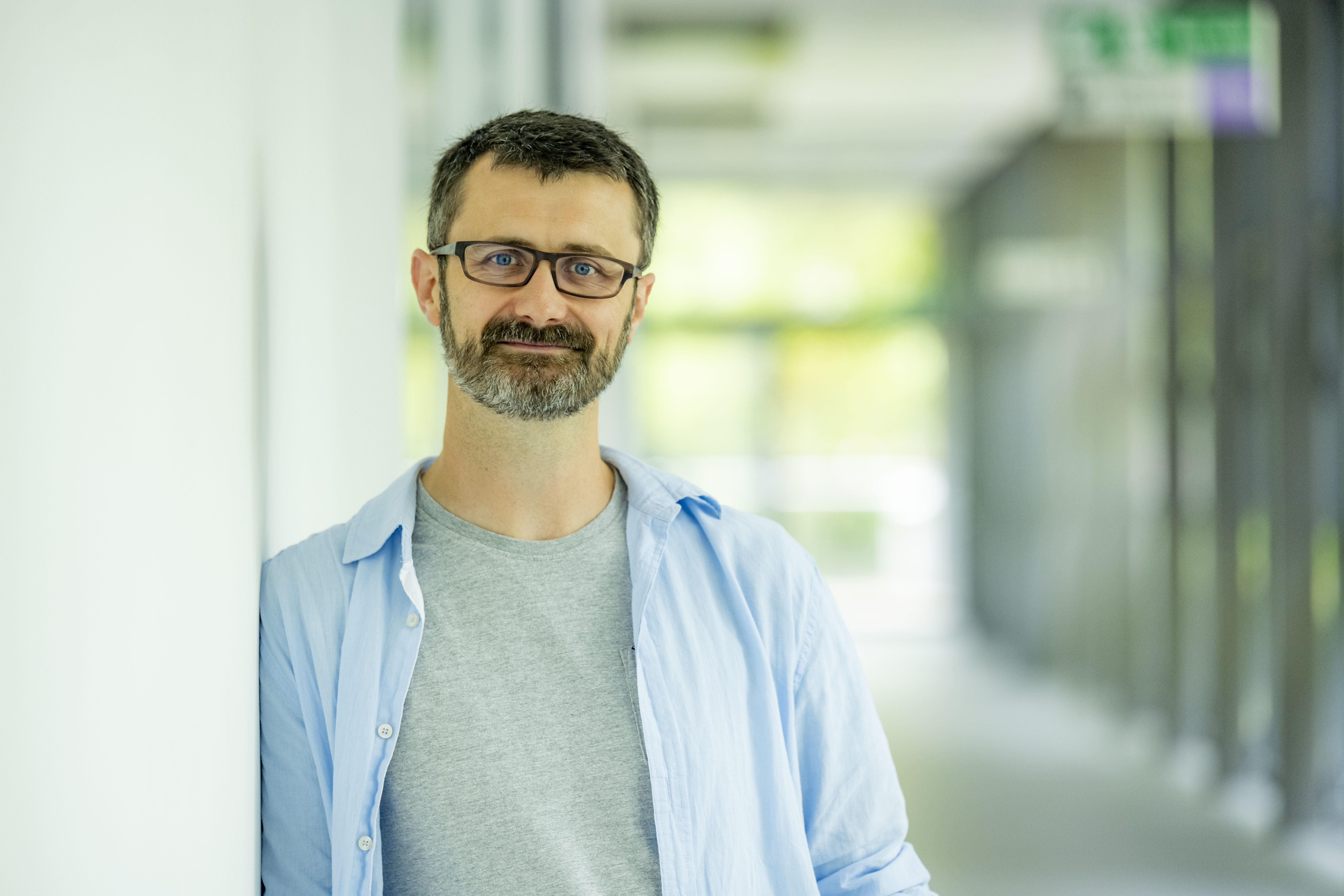
Whether for research, administration, learning or teaching, software is an increasingly valuable research tool and output, and needs to be managed as such.
This guide is for researchers who program and anyone who is starting a software-development project. It will help you to understand the sustainability and preservation requirements of your software, the outputs from the development process and how to plan and undertake a software project.
Why is software sustainability important?
Software development projects take up a lot of time and money, and outputs from the development process such as design documents, code, and binaries are valuable assets in their own right. If software is sustained and used for longer, it can have a far greater impact.
Few people think beyond the immediate use of software to consider how it could be exploited further once the project is over. Decisions need to be made on what is to be done with the software and other outputs from the development process. This will ensure that valuable ideas and investment are not lost.
Sometimes you might not need to sustain the software: it might be easily reproducible or the result of a training exercise. Frequently, you will have the opportunity or obligation to sustain or preserve your software for longer.
Why think about sustainability at the beginning of a project?
Once a software-development project get started, it’s easy for it to take on the characteristics of a supertanker. Changing course can be difficult. It is important to ensure that the destination and direction are right from the off, and that the project isn’t trading immediate shortcuts for longer-term expense and hassle. Whilst flexibility during the project is valuable, and agile development methodologies are useful, clarity on what the project is producing and how long the software needs to last for is critical.
The beginning of software development projects is the ideal time to reflect and document sustainability and preservation requirements. Funders of projects increasingly require sustainability and exit plans right from the start of a funding application, and the discipline of considering all potential requirements upfront will help start off the project on the right foot.
Coming to the end of a project, it is easy to get tied up with other concerns. Unless there is a planned set of activities to sustain the outputs, or the heroic efforts of one committed person, it is common for software to slip into abandonware.
How to create interest
Knowing how to bring a project to life is the key.
Establish expectations
The first thing to consider is what sort of software-development project you will create: it could be a proof-of-concept demonstrator, a pilot or an operational service. This will establish everyone’s expectations of robustness and longevity.
How will others continue your work?
It’s time to consider the requirements for sustainability and preservation. Our detailed guidance contains lists of various scenarios where it is advisable to sustain your software, and the benefits of doing so. This guidance can be used to generate requirements:
- If your software will generate publishable research results, you may require greater sustainability so that others can reproduce your results.
- If you’re reusing code from external sources, you may need to revert back to earlier versions if IP settlements arise with that code.
- If there is a requirement for an audit function, the software may be required for accessing audit data in the future.
The result will be several clear requirements about the long-term aspects of the desired software, such as ‘The software shall be reconstructable by researchers within the field for a period of ten years’, ‘The software development process shall have a version control system’ or ‘The audit function shall be accessible by the user for a minimum of five years’.
Listen to your requirements
Apart from the requirements for sustainability, you will have others for functions, interfaces, performance levels and security/privacy. Prioritisation of these requirements will result in a deeper appreciation of what the project needs to achieve. If you want the software to be around for a long time, then designing for ease of maintenance will be a key objective. Notions of portability, accessibility and testability will also be important.
Maybe it’s time to bring in a professional?
Professional developers follow established software development processes: like keeping meticulous documentation, the use of version control and test data. Whilst this appears to be a time-consuming overhead at the start of a project, it pays off many times over in the long run and achieves a more reliable outcome. Software engineering is not for everyone, but it should be possible to bring in specialists when required.
The software you want might already exist!
Even if it doesn’t exist in its entirety, there might be components you could use to save months of development time.
Don’t just re-use code, first check that it is reusable. For example, check that it has an active support community that can answer your questions and provide updates.
Further information and useful resources


